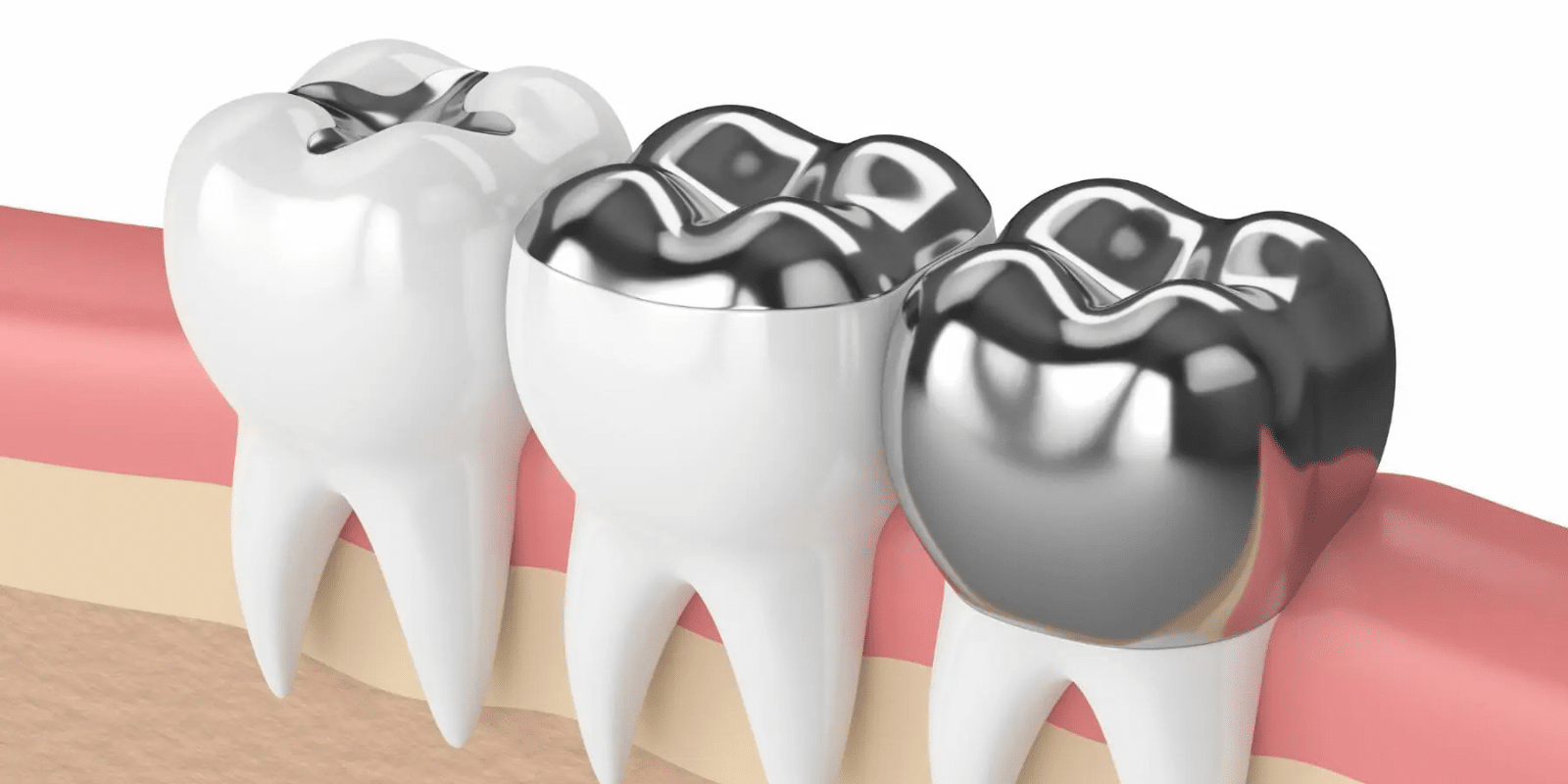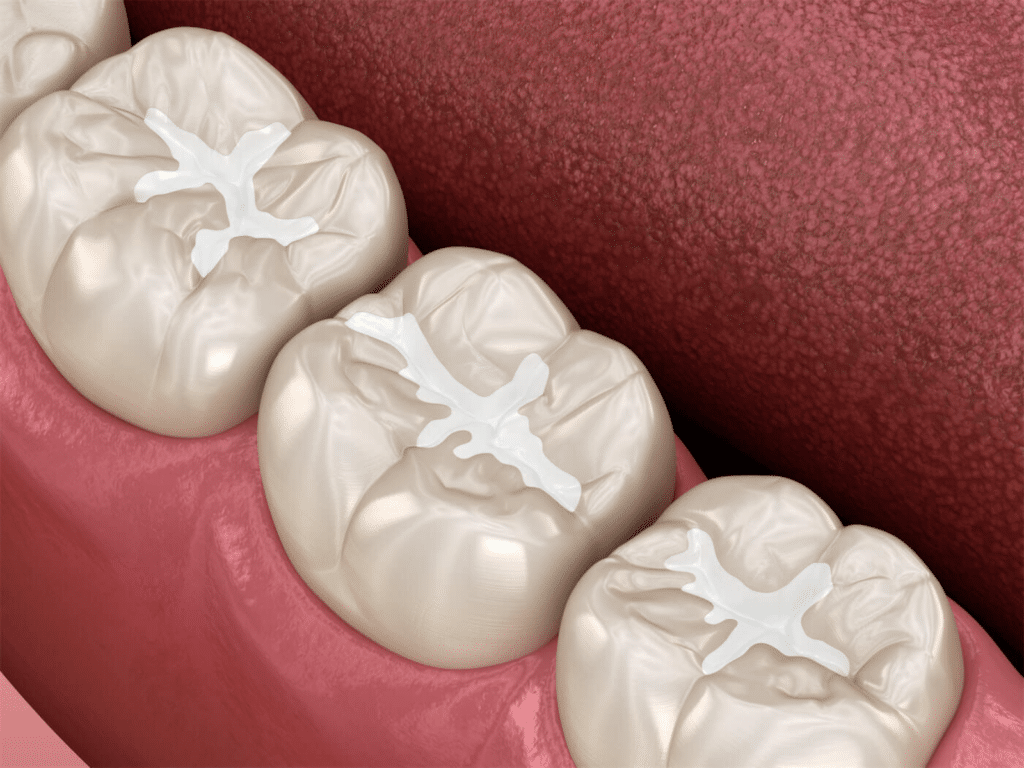245 11th Ave NE Hickory, NC 28601
Taking Care Of Your Teeth After Fillings: A Fast Recovery

Dental fillings are a common procedure used to treat cavities and restore the integrity of a tooth. While getting a filling is a routine process, the care you take afterward is crucial to ensure a fast recovery and long-lasting results. In this comprehensive guide, we will cover everything you need to know about taking care of your teeth after fillings, including immediate post-procedure care, long-term maintenance, and dietary considerations.
Immediate Post-Procedure Care
1. Managing Discomfort and Sensitivity
It’s normal to experience some discomfort and sensitivity after getting a filling. Here’s how to manage these symptoms effectively:
- Pain Relief: Over-the-counter pain relievers such as ibuprofen or acetaminophen can help alleviate any post-procedure pain. Always follow the dosage instructions on the label.
- Sensitivity: You may notice sensitivity to hot and cold foods or drinks. This should diminish over time. Using toothpaste designed for sensitive teeth can help mitigate this issue.
2. Numbness Precautions
After receiving a filling, your mouth may remain numb for several hours due to the local anesthesia. To avoid injury:
- Avoid Eating: Refrain from eating until the numbness wears off to prevent biting your cheek, tongue, or lips.
- Chew Carefully: Once you eat, chew slowly on the opposite side of your mouth from the filling to avoid putting pressure on the new filling.
3. Avoiding Certain Foods
In the immediate aftermath of getting a filling, it’s wise to avoid specific types of foods to ensure your filling sets properly:
- Hard Foods: Steer clear of hard foods like nuts, hard candies, and ice.
- Sticky Foods: Avoid sticky foods like caramel and chewing gum, which can pull at the filling.
- Temperature Extremes: Be cautious with very hot or cold foods and drinks, which can cause discomfort or sensitivity.

Long-Term Care for Your Fillings
1. Maintaining Excellent Oral Hygiene
Good oral hygiene is essential to the longevity of your fillings and the health of your teeth overall:
- Brushing: Brush your teeth at least twice a day using fluoride toothpaste. Pay special attention to the filled tooth and the area around it to prevent plaque buildup.
- Flossing: Floss daily to remove food particles and plaque from between your teeth and around the filled tooth.
- Mouthwash: Use an antibacterial mouthwash to help reduce plaque and maintain gum health.
2. Regular Dental Check-Ups
Regular dental check-ups are critical for monitoring the condition of your fillings and overall oral health:
- Professional Cleanings: Schedule cleanings every six months to ensure that your teeth and gums remain healthy.
- Dental Exams: Your dentist will check the integrity of your fillings during these visits and address any potential issues early on.
3. Protecting Your Fillings from Damage
Certain habits and behaviors can increase the risk of damaging your fillings. Here’s how to protect them:
- Avoid Grinding: If you grind your teeth at night, talk to your dentist about getting a night guard to protect your fillings and natural teeth.
- No Chewing on Non-Food Items: Avoid using your teeth to open packages or bite down on non-food items, which can damage your fillings.
- Sports Protection: If you play contact sports, wear a mouthguard to protect your teeth and fillings from injury.
Dietary Considerations for Fillings
1. Foods to Include
Incorporate foods that promote dental health and are less likely to damage your fillings:
- Calcium-Rich Foods: Dairy products, leafy greens, and fortified foods help maintain strong teeth.
- Crunchy Vegetables: Carrots, celery, and apples can help clean your teeth and gums.
- Hydration: Drink plenty of water to keep your mouth hydrated and wash away food particles.
2. Foods to Limit or Avoid
Certain foods and drinks can negatively impact the longevity of your fillings:
- Sugary Foods and Drinks: Reduce your intake of sugary snacks and beverages to prevent decay around the fillings.
- Acidic Foods and Drinks: Limit acidic foods and drinks like citrus fruits, soda, and wine, which can erode the enamel and affect the fillings.
Addressing Potential Issues with Fillings
1. Sensitivity or Pain
While some sensitivity is normal, persistent pain or sensitivity might indicate an underlying issue:
- Consult Your Dentist: Persistent discomfort should be evaluated by your dentist to determine the cause and appropriate treatment. This could involve adjusting the filling or addressing any decay that may have been missed.
2. Loose or Damaged Fillings
If you notice that a filling feels loose or damaged, contact your dentist immediately:
- Temporary Measures: Avoid chewing on the affected side and refrain from consuming very hot or cold foods until you can see your dentist. Do not attempt to fix the filling yourself.
3. Gum Irritation or Swelling
Gum irritation or swelling around the filled tooth can be a sign of gum disease, an allergic reaction to the filling material, or an issue with the filling itself.
- Proper Oral Hygiene: Maintain good oral hygiene by brushing and flossing regularly and using an antibacterial mouthwash to reduce inflammation.
- Dental Visit: If the irritation persists, schedule a visit to your dentist for an assessment. Your dentist may need to adjust the filling or treat the underlying gum condition.
Special Considerations for Different Types of Fillings
1. Amalgam Fillings
Amalgam fillings, made from a mixture of metals, are durable but require specific care:
- Avoiding Corrosion: Be mindful of eating acidic foods and drinks that can corrode the metal over time.
- Sensitivity: Amalgam fillings may cause temporary sensitivity to temperature changes. This usually subsides after a few weeks.
2. Composite Fillings
Composite fillings are tooth-colored and aesthetically pleasing but can be less durable than amalgam fillings:
- Avoid Staining Foods: To keep your composite fillings looking their best, avoid foods and drinks that can stain, such as coffee, tea, red wine, and tobacco.
- Routine Check-Ups: Regular dental check-ups are essential to monitor for any wear or discoloration of the composite material.
3. Ceramic and Glass Ionomer Fillings
Ceramic and glass ionomer fillings are also tooth-colored and used in areas of the mouth where chewing pressure is less intense:
- Avoid Hard Foods: These fillings can be more brittle than other types, so avoid biting into hard foods.
- Maintaining Appearance: As with composite fillings, be cautious when staining foods and drinks.
Enhancing the Lifespan of Your Fillings
1. Good Habits
Adopting good oral habits can significantly extend the lifespan of your fillings:
- Gentle Brushing: Use a soft-bristled toothbrush to avoid excessive wear on the filled tooth.
- Mouthwash: Regular use of mouthwash can help maintain oral hygiene and protect your fillings.
2. Understanding the Lifespan
The lifespan of a dental filling varies depending on the material used and the care it receives:
- Material Longevity: Amalgam fillings typically last 10-15 years, composite fillings last 5-7 years, and ceramic fillings can last up to 20 years with proper care.
- Regular Maintenance: Consistent and proper care can maximize the lifespan of your fillings.
Taking care of your teeth after fillings is crucial for a fast recovery and long-lasting dental health. By following the guidelines provided in this comprehensive guide, you can ensure that your fillings remain intact and your overall oral health is maintained. From immediate post-procedure care to long-term maintenance and dietary considerations, each aspect plays a vital role in the health of your filled teeth.
Remember, investing in proper care today can prevent complications and extend the life of your fillings, ensuring a healthy and confident smile. Always consult with your dentist if you experience any issues or have concerns about your fillings to receive personalized advice and treatment.

